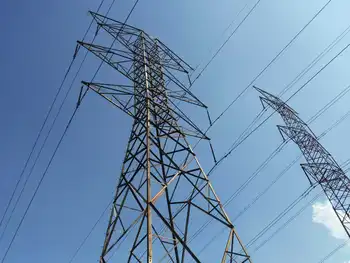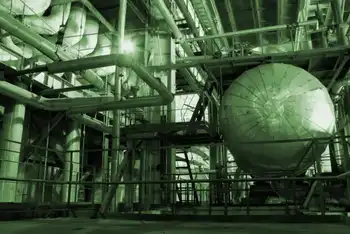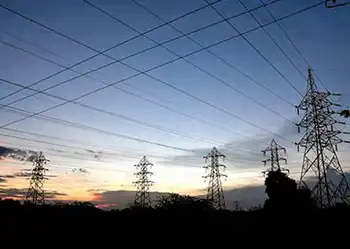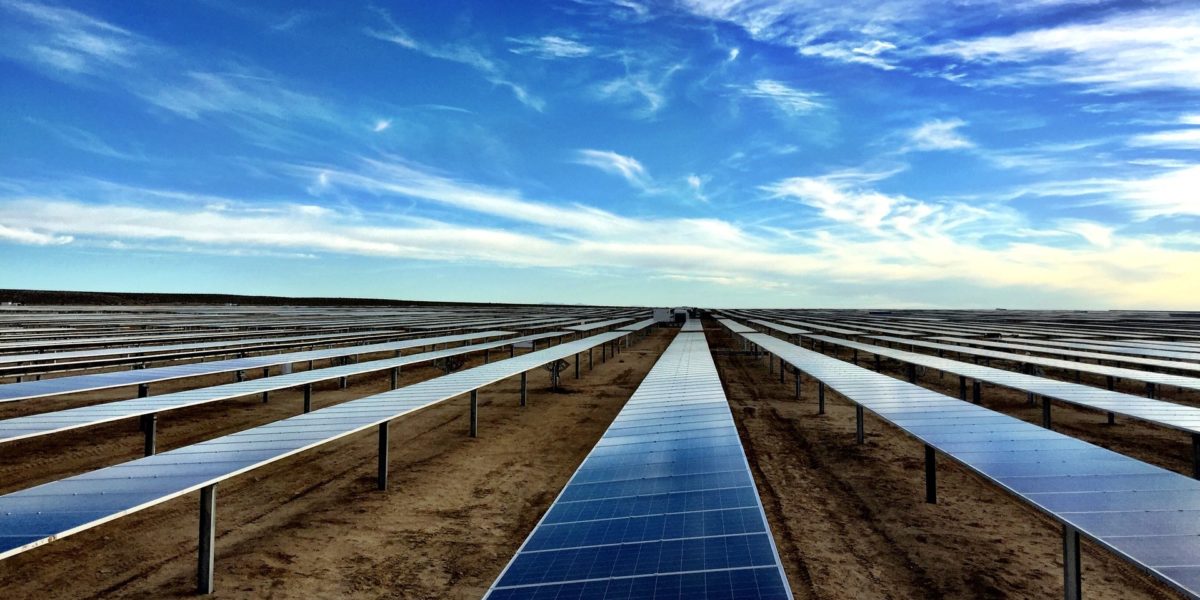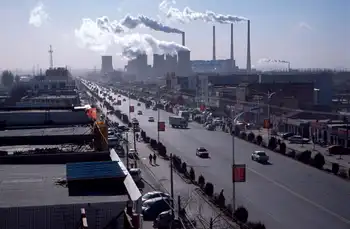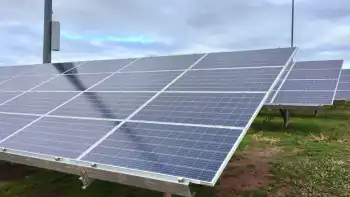California releases greenhouse gas market plan
By Reuters
CSA Z463 Electrical Maintenance
Our customized live online or in‑person group training can be delivered to your staff at your location.

- Live Online
- 6 hours Instructor-led
- Group Training Available
By agreeing to give away virtually all necessary permits to factories and power plants when the program starts in 2012, rather than sell them at auction, the U.S. state with the biggest economy and population is acknowledging the challenges of double-digit unemployment — and the reality that pollution decreases as the economy slows.
California aims to cap total emissions of gases linked to global warming and let factories and power plants trade for an ever-decreasing number of permits to emit gases. In theory, market forces will drive efficiency in the system, known as cap and trade.
There is still a debate about the economic merits of the plan, which planners in the draft estimate will shave about 0.1 percentage point from annual state growth.
Many Californians see such environmental regulation as positive for the economy by spurring "green" jobs. Voters could put on hold a climate change law, including the emissions market, but polls show the Proposition 23 challenge to the state's climate change law is set to be rebuffed.
After the failure of federal climate legislation, the fate of California's law and the details of its cap-and-trade plan are seen as a U.S. turning point — either away from addressing climate change or toward stronger action.
"California is the biggest icebreaker there is, and if that ship stops moving it will have a huge effect on everyone else," said former state climate change planner Jon Costantino, a lawyer at Manatt, Phelps & Phillips, who said passage of the rule, rather than its details, was the key for alternative energy clients.
Many in traditional industry consider the state climate initiative to be too ambitious, at least for now.
"The economy is still bad. We can't afford it," said Anita Mangels of the Yes on 23 campaign to suspend the climate law.
But a group of manufacturers, farmers, petroleum companies and others who have been critical of plans, said the new draft better reflected the reality of the weak economy.
"It also provides a gradual approach in the early years that will allow California businesses the time needed to meet the 2020 goals," said Shelly Sullivan, executive director of the AB 32 Implementation Group.
The state's 2006 law, AB 32, requires it to return to 1990 levels of greenhouse gas emissions by 2020, and the hobbled economy has produced fewer greenhouse gas emissions than expected, making the goal less onerous.
The state agency planning cap-and-trade has responded in part by ignoring a suggestion by a panel of economists last year to auction off the emissions permits.
Under the plan likely to be adopted December 16 by the powerful Air Resources Board, the brunt of the market force will not be brought to bear for years.
Planners say that by setting clear limits and clear rules for the scheme, it hits a compromise that will allow polluters flexibility to act, investors certainty, and improve the environment without causing economic disruption. Polluters will be given on average about 97 or 98 percent of the permits they will require in the first year.
The state will give away 100 percent of permits through 2020 to oil drilling, cement and other industries that otherwise might shut down if forced to pay for permits. Sawmills, food manufacturing and others will get shorter-term aid. Within an industry, more efficient firms will get more allowances, which less efficient companies may need to buy.
In addition up to 8 percent of their permit needs could be met with so-called offset credits from projects that avoid emissions or soak up greenhouse gases — such as planting trees. That's double a previous goal and a clear easing of rules.
The state will create as many permits as expected emissions in the first year, and it will set aside an average of 4 percent of permits over 2012-2020 to be sold if trading prices go too high. The reserve will be about 1 percent in 2012.
Any permits auctioned by the state will cost at least $10 per tonne in the first year, rising to $15 in 2020. There will also be a range of ceiling prices each year, in case trade becomes too volatile, rising in steps between $40 and $50 per tonne in 2012 to a top range of $60 to $75 in 2020.
Transportation fuels will not be covered until the second round of trade, starting in 2015, when roughly 85 percent of state emissions will be governed by cap-and-trade.
California is part of an 11-member group of states and Canadian provinces, the Western Climate Initiative, which aims to start a joint trading scheme in 2012, beginning with a few members.
A similar cap-and-trade system is in place in Europe and a limited scheme already is operating in the U.S. northeast.





